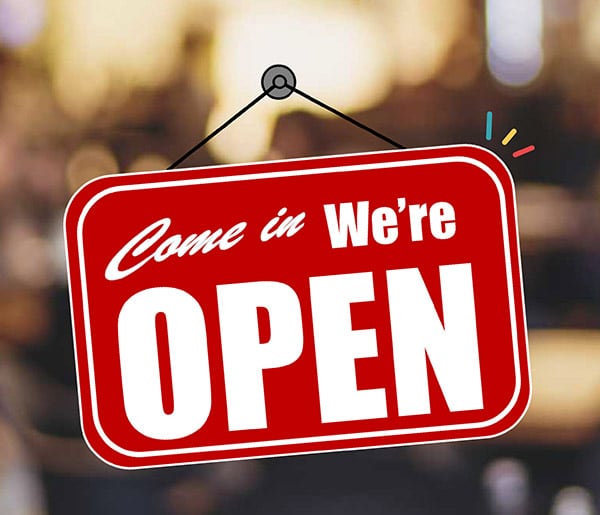
Restaurant analytics: How to collect (and use) guest data

Tom Voskuil, owner of Virginia’s Taqueria Picoso, has a secret weapon for enticing guests to make return visits to his restaurant: Their data. Tom knows their contact information, order history, and review history on his website, and he often uses that to send out personalized promotions that entice guests to come back to his restaurant.
“We look at what people say on the menu, and then we’ll directly email them and say ‘Hey, we know you love the birria taco, here’s a 10% discount for you to come try it again—or maybe try something else!’” Tom said.
What Tom is doing is collecting and using his restaurant analytics to better reach guests—and any restaurant can do it.
“Analytics” has become something of a buzzword in the last few years. Data is used in many different industries to help companies increase their revenue while better serving (and marketing to) their customers. Similarly, restaurants should collect and use data about their operations, guests, website, and more—but then what? How do restaurants collect the right data, and then what do they do with it?
Capturing restaurant analytics doesn’t need to be as complex as it appears at face value. In fact, you’re probably already collecting and using data in rudimentary ways at your restaurant. This guide is the perfect starting point for restaurant owners who want to be more deliberate about restaurant analytics, collecting powerful types of data that can benefit their restaurant in all kinds of ways. Read on to get started.
What Does Restaurant Analytics Mean?
Restaurant analytics is the process of analyzing data related to your restaurant, in order to gather actionable insights that can help you improve your restaurant’s overall performance.
Analytics tell you about more than just financial performance metrics and KPIs, like sales and profits. It allows you to get a picture of why your restaurant is performing the way it is, as well as ideas about how to improve that performance through data-based optimization.
Why Should You Use Restaurant Analytics?
Many businesses don’t take full advantage of data analytics. It all seems complicated—we get it.
But there are so many benefits to putting in the time to learn how to collect, analyze, and use data sets about your restaurant’s performance, operations, or guests.
Businesses that use analytics to inform their business decisions see huge boosts to their profitability—an average of an 8-10 percent increase in profits across all industries. And data analytics has the potential to be even more impactful in the restaurant industry, where a wealth of data can be collected relatively easily from existing systems, like your point of sale or inventory management software.
Collecting and analyzing restaurant business data is also easier than ever. Technology that exists to make data analytics achievable is becoming more widespread and affordable. Almost any small business can now find an analytics platform that meets their needs—and their budget. In short, there’s never been a better time for restaurants to start using their data to inform their decision making, support their business intelligence, and boost their bottom line.
What is Big Data in Restaurants?
If you’re interested in restaurant analytics, you’ve likely heard of “big data.” This is a term generally used to refer to large volumes of data generated by technology tools.
Large chain restaurants collect big data from their inventory management software, payroll management, website and social media, and more. But for the average independent restaurant, big data is less likely to be a concern.
If your restaurant is independent and has only one or a handful of locations, you’re likely to be better served by focusing on smaller scale, real-time data that affects your day-to-day operations. Below, learn more about what that means (and how to collect relevant data for a small business).
How Can Restaurants Collect Data?
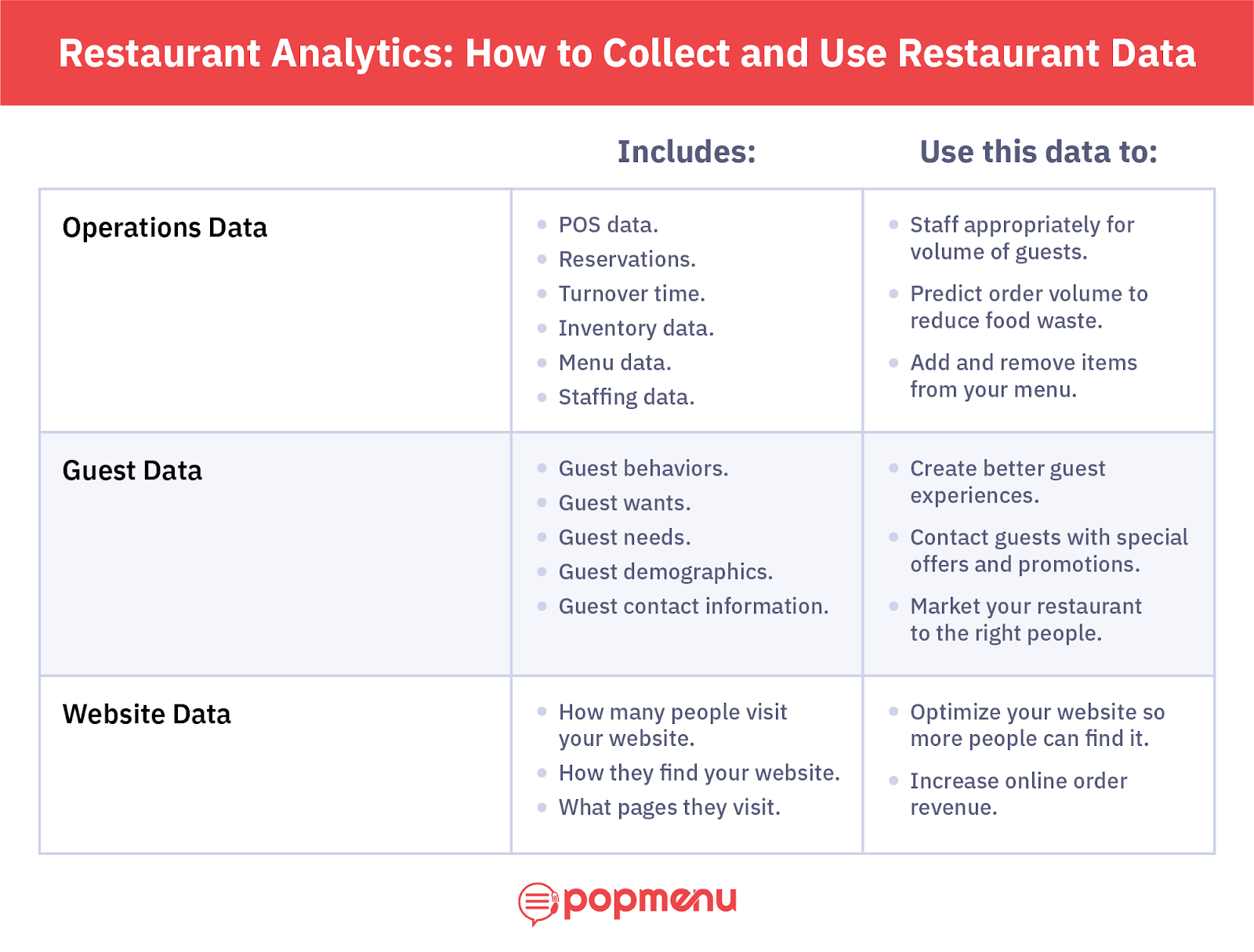
The average independent restaurant should start by focusing on three kinds of data:
- General operations data.
- Guest data.
- Website data.
General operations data can be collected using common restaurant tools, like your POS data, inventory management, CRM, or reservation system. Some data can even be collected by simply observing how your restaurant runs throughout the day. Operations data also includes sales data, staffing data, and data about your menu. This is a broad category that includes a lot of metrics you can collect and track, and opportunities like forecasting future orders and revenue. Below, we’ll go over some examples of common ways to collect and use this type of data.
Guest data is all about your guests—their behaviors, wants, needs, and demographics. Collecting and using this type of data allows you to market to the right people, personalize experiences and promotions, and generally, just create a better customer experience for guests at your restaurant. Guest data should only ever be collected voluntarily. For example, consider asking your guests to sign up for an email list or loyalty program. Customer feedback can also contain a wealth of useful restaurant data.
And finally, website data comes from software like your content management system (CMS) or a tool like Google Analytics. It helps you see how many people are viewing your restaurant’s website, how they find it, and what pages they tend to visit. If you offer direct online orders, this type of data can help you increase online order revenue. It can also help boost the number of guests who visit your restaurant after finding your website first.
How to Use Restaurant Analytics
We know the world of restaurant analytics is complex, and can feel overwhelming to someone just beginning to learn about collecting and using restaurant data. These are a few basic improvements restaurants can make based on insights from simple data collection. Start with these, and your restaurant will be off to a great start.
Use Restaurant Data to Reduce Labor Costs
This is an idea that is likely already familiar to restaurateurs: Using data to keep labor costs low.
The idea is that when your restaurant is less busy, you can schedule fewer staff, both in front and back of the house. And during busy periods, like the dinner rush, you likely want a fully staffed kitchen and a few more servers or hosts to help out.
With today’s technology, you can let data drive your staffing decisions. Your POS system can show order volume at different times of the day, and by analyzing that data for trends, you can get a good idea of patterns of when your restaurant tends to be busy and when it tends to be slow. You can then adjust staffing accordingly.
Use Restaurant Data to Reduce Food Cost and Food Waste
This is another data point that many restaurant owners will already know well: Restaurant inventory. According to RTS, restaurants in the U.S. spend $162 billion on wasted food each year. That means there’s a huge opportunity for restaurants to reduce their overall food costs if they can reduce waste.
In the digital age, inventory management tools often have predictive capabilities, meaning they can look at historical data about what items are ordered most and least often and what ingredients tend to get wasted, and they can automatically adjust your inventory needs to cut down on waste. But that kind of software isn’t practical for all restaurants, so you can still use data to do this manually, to an extent. Just keep track of what food gets thrown away on a weekly or monthly basis, as well as what menu items aren’t ordered often. Then, consider ordering less of those ingredients that tend to get tossed, or eliminating unpopular menu items for which you tend to throw away ingredients.
Use Restaurant Data to Design Your Menu
Similar to the last point, data can help you decide what items to add, leave, or take away from your menu.
Unpopular items that result in a lot of waste can be removed. Popular items can stay, or be made into specials to drive revenue during slow times of the day.
Data can also help you determining menu item pricing to maximize revenue. Collecting data about the cost of ingredients and labor can help you calculate your restaurant’s actual cost per dish, so you can price it at the right markup to maintain a good profit margin. If an item is too costly to make, you might consider removing it from the menu in favor of items that have higher profit margins.
“When I am preparing to update the menu, I get my feedback on what I can and can’t take off the menu, from Popemnu. I use the ‘pops’ and reviews to judge dishes that don’t move or don’t have as much appeal to customers. I rely on Popmenu to help make those menu decisions.”
Wil Novak | Hail Mary’s Food and Drink | Westlake, OH
Use Guest Data to Create a Better Dining Experience
Collecting personal data about guests can feel fraught. There’s been a debate for years about how much privacy consumers are entitled to as technology tools allow businesses to collect all kinds of data about them. But there are ways to collect basic guest data and use that for good—to create a better overall guest experience for everyone who visits your restaurant.
For example, if you create a database of guest contact information and historical order and visit data, you can personalize a guest’s experience by taking them to their preferred table, or offering them their favorite drink without prompting. These kinds of experiences make guests feel special and appreciated, and are likely to encourage repeat business.
Use Guest Data to Market Your Restaurant
Using data about guest behavior opens up new ways to market your restaurant. Remember Taqueria Picoso from the beginning of this article? That’s what owner Tom Voskuil did—and it’s something most independent restaurant owners can do, too.
When you collect basic data about your guests (such as their contact information and order and visit history), you learn more about the types of guests who enjoy your restaurant. Then, when you run marketing campaigns online, you can target the right demographics to reach potential future guests.
Use Website Data to Manage Your Restaurant’s Digital Presence
And finally, there’s data about your restaurant’s website.
In the digital age, it’s so important for restaurants to have websites—statistics show that more than 90 percent of guests research restaurants online before going out to eat or placing an online food order.
With the right tool, you can track metrics like:
- How many people visit your restaurant’s website;
- How they find your website (for example, from Googling “restaurants near me,” or from clicking on a social media ad);
- How much time they spend browsing different pages;
- Whether they sign up to follow your website or social media.
With this information, you can optimize your website to make it easier for potential guests to find, ultimately increasing orders and revenue.
Popmenu Makes Restaurant Web Analytics Easy
One of the toughest questions about restaurant analytics is this: What tools do restaurants need to be able to get the most out of their data?
Popmenu makes this easy
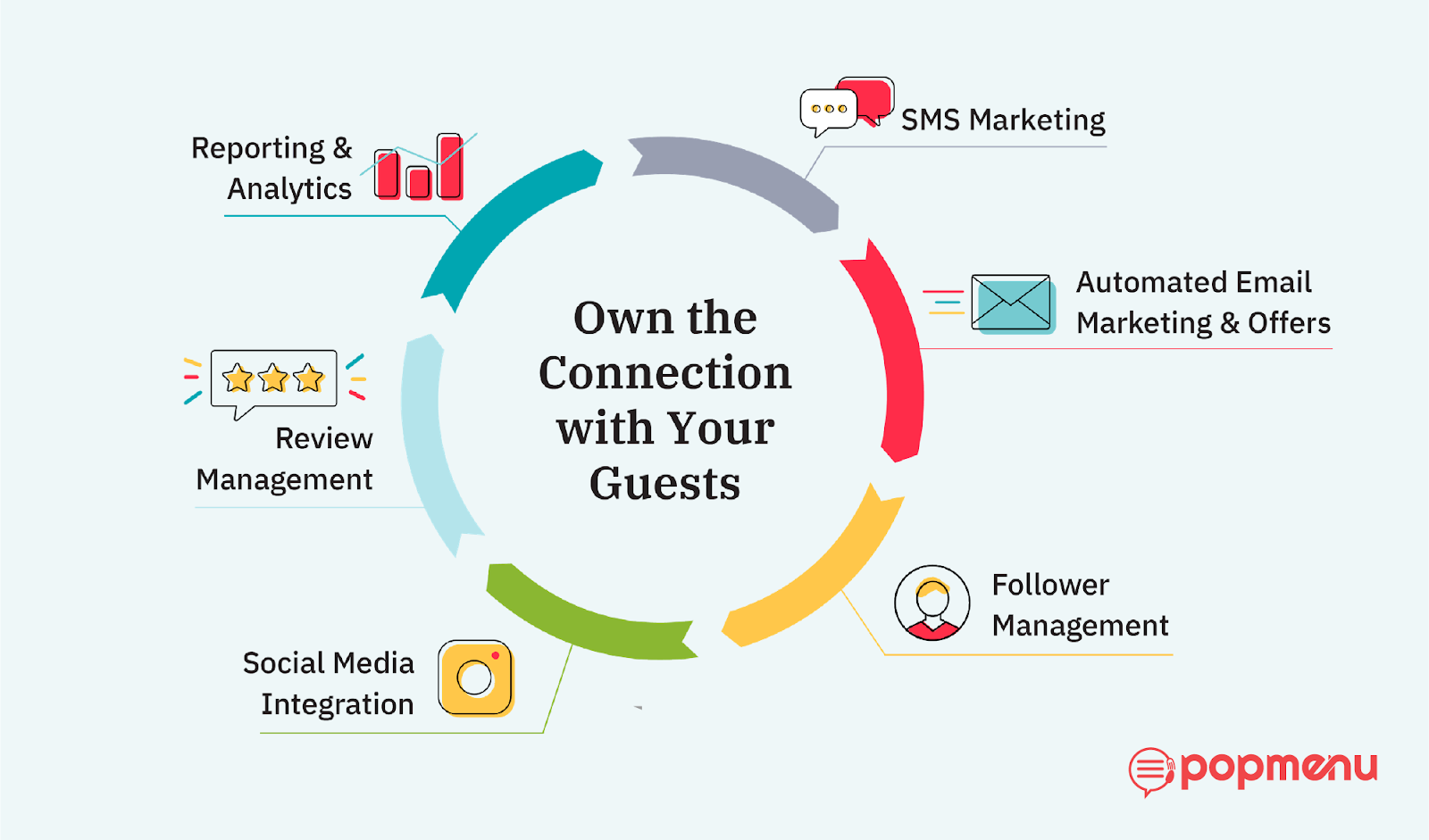
When restaurants use third-party platforms like delivery apps, those apps collect (and use) all the guest data. But restaurants that use Popmenu own all their own data, and can put it to use to benefit their own business.
Popmenu is an all-in-one digital toolkit for modern restaurants that includes a website, interactive menu technology, marketing tools, direct online ordering, and reporting and analytics.
Popmenu is a powerhouse for restaurants that want to own their digital presence. Ready to see for yourself? Schedule a free demo today.
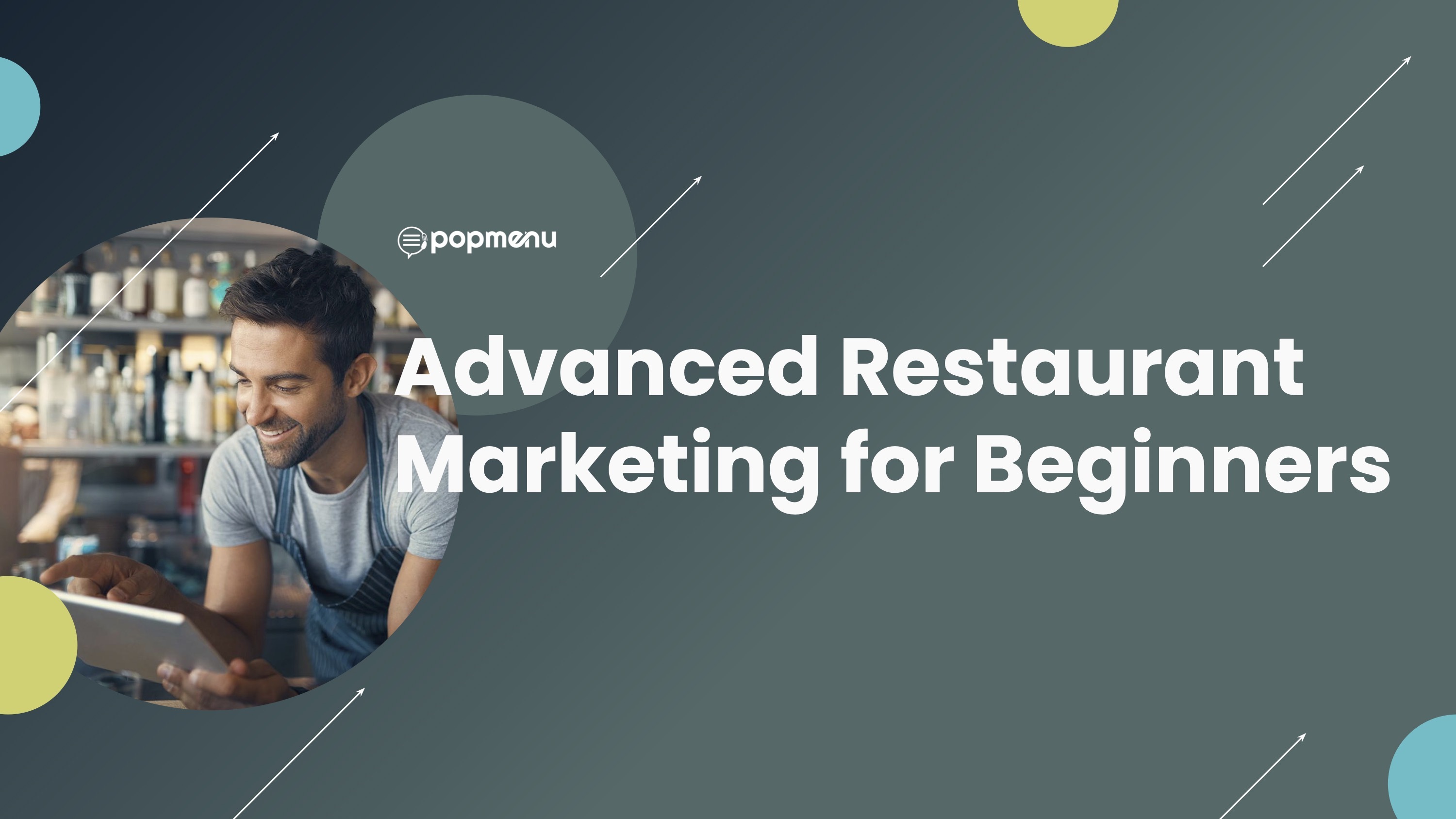



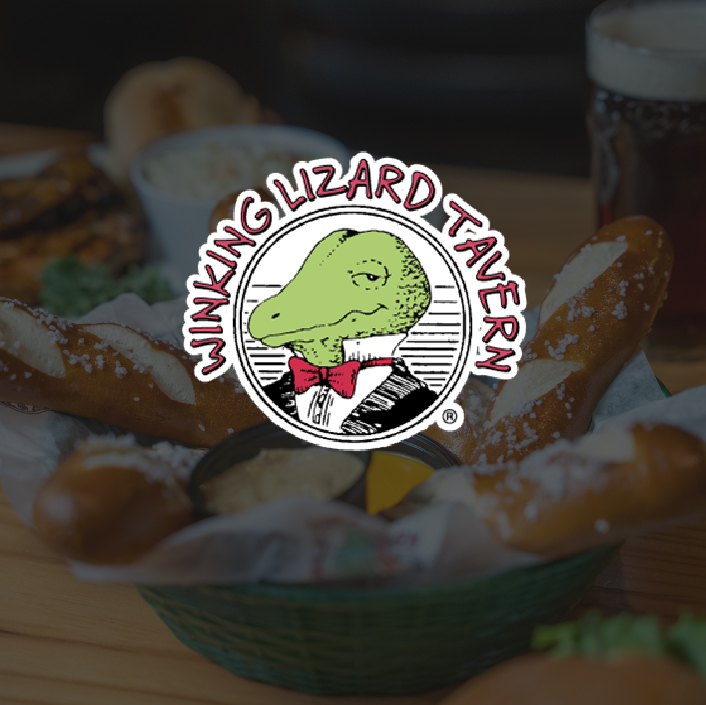
.jpeg)
